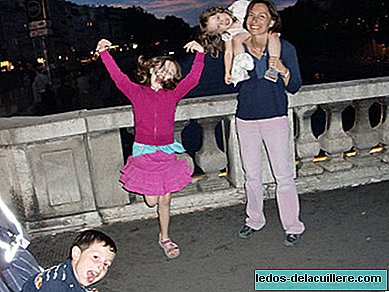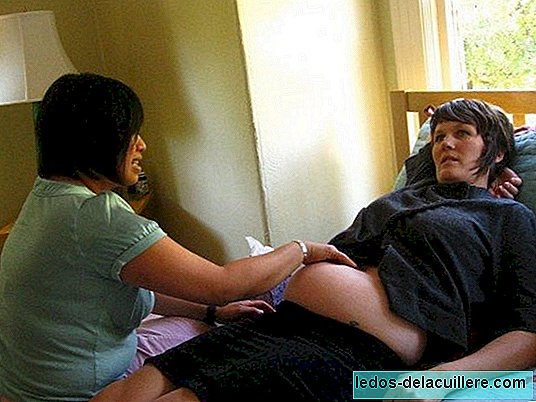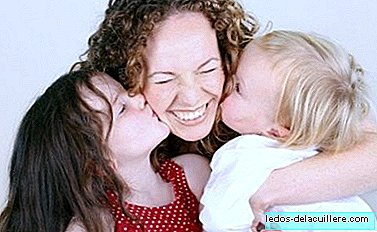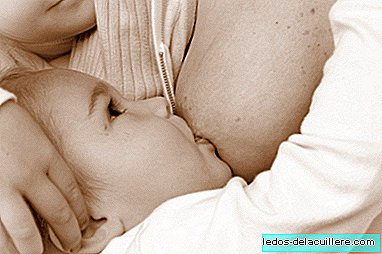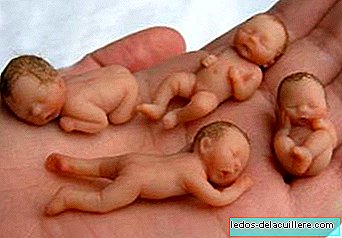
In Spain it is estimated that they are born about 15,000 children a year for assisted reproduction, but how many share father or mother ?. At the moment no one controls that a maximum of 6 children are born from the same semen or egg donor, as established by law, because the necessary and mandatory registration has not yet existed since 1988.
There are some 150 assisted reproduction centers in the main Spanish cities and in them dozens of young people (mostly university students) donate sperm once or twice a week for a minimum of three months and nobody asks them if they do so in more centers. Egg donation is more complicated technically and is usually limited to a couple of times per woman. The remuneration for donations ranges between 30-50 euros for semen and 600-900 for ovules.
But since there are no controls, it is impossible to guarantee that dozens of children from each donor are not being born. The president of the Spanish Fertility Society complains of several deficiencies: "This is one of the main problems, but there are no general data either on the techniques, or on the fertilization cycles. There is a vacuum and the fault lies with the Central Administration, which has not approached the issue in a brave way".
A spokesman for the Ministry of Health defends itself by claiming that it is a problem of donor confidentiality and that not all communities agree to provide the same data.
Experts ask for a control on this issue as there is in transplants, and similar to that of Germany, Italy, United Kingdom or France.
Spain, France and Taiwan only allow 6 born per donor and are the most conservative countries. In other European countries, between 10 and 25 children can be born per donor because what they limit is not those born, but family units, that is, a woman can have several children from the same donor because the brothers do not marry each other. The most extreme case is the USA where they allow each donor to be born 25 children for every 800,000 inhabitants.
These figures make me dizzy. Society has been focused on artificial fertility techniques, encouraged by a flourishing business, but without making a thorough analysis of the causes of so much infertility in the population or other possible less aggressive alternatives.
A serious reflection at all levels would cause changes in our eating habits, style and pace of life, maternity / paternity concept, type of society we choose, etc. Too subversive to analyze it in depth.
The creation of life from the laboratories seems that it has gotten out of hand and rigorous control and registration is essential, not only because of possible genetic diseases, but several young people may be pollinating Spain.






